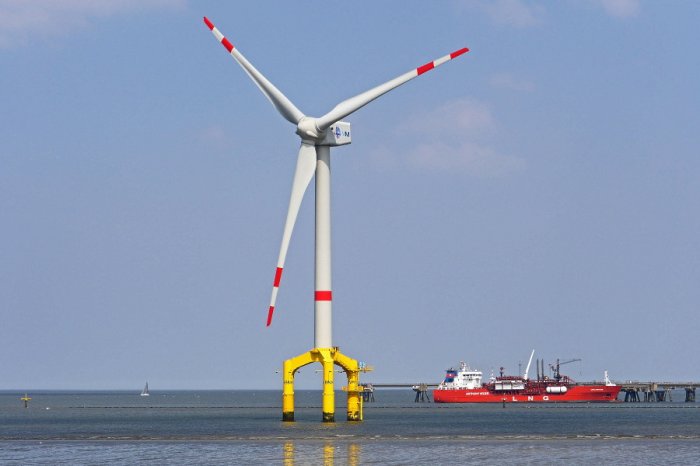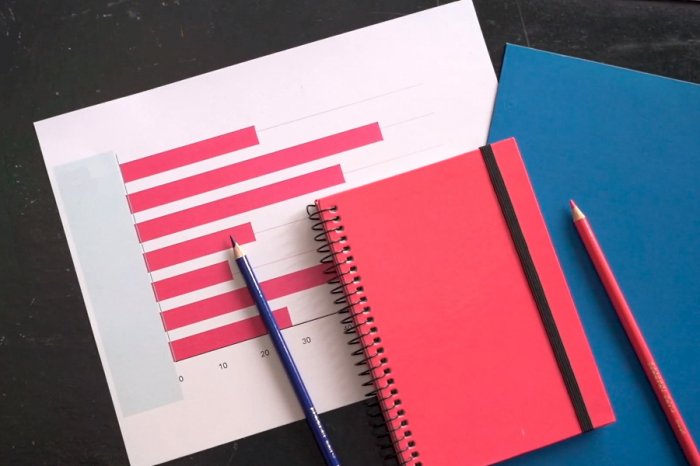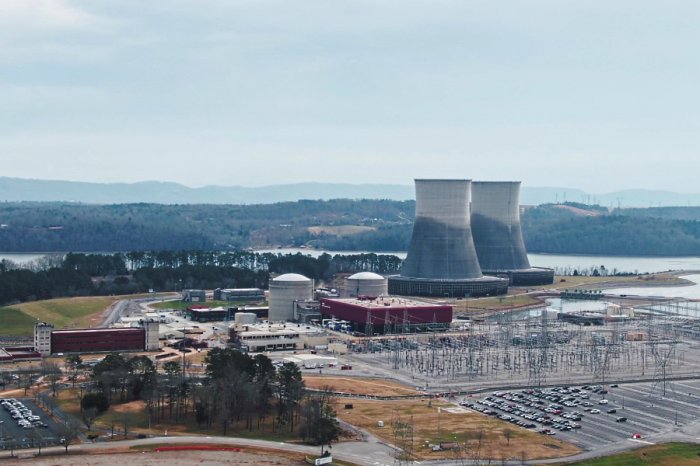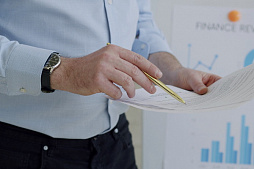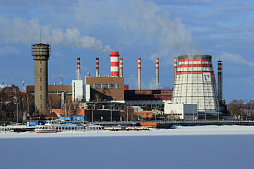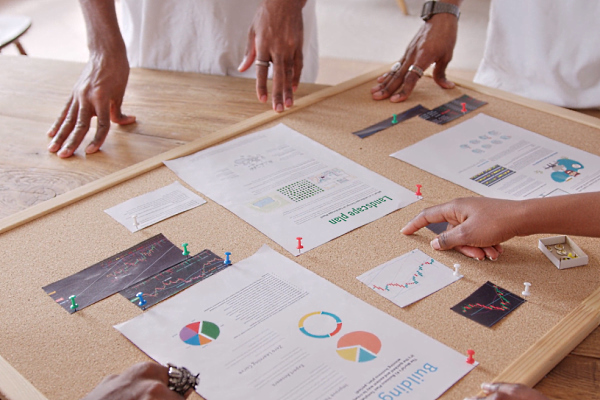After receiving the necessary documents and project presentation, our team will try to review your request as soon as possible, and leading experts will offer the best options for project funding.
Despite concerns about the environmental impact of thermal coal combustion, many countries still rely heavily on coal energy due to its affordability and ubiquitous availability.
However, estimates suggest that the construction cost of a coal-fired thermal power plant can range from less than $1,000 to $4,500 per each kilowatt of installed capacity.
For example, a 1,000 MW coal-fired power plant could cost in most cases between $1 billion and $4.5 billion.
These figures include the cost of materials, labor, engineering, environmental protection and other expenses.
In this article, we examine the construction cost of modern coal-fired power plants, including the current figures and factors that affect these costs and strategies for reducing them. Whether you are looking for a long-term loan or need professional financial engineering services, contact our expert team. GCAM Investment Group offers financing for large projects in the energy sector worldwide.
Factors affecting the construction cost of coal-fired power plants
The construction cost of modern coal-fired power plants is affected by a number of external and internal factors.The cost of materials and equipment, the complexity of the design, the size of the plant, the environmental regulations in the host country and the geographical location are all factors which can dramatically change the final construction estimate. Additionally, the cost of labor can have a significant impact on the total cost of construction.
Materials
The availability and cost of building materials is one of the most important factors in the construction of a coal-fired power plant.The majority of these costs comes from main construction materials such as steel, concrete, and other building supplies. The cost of these materials can vary depending on the location of the construction site and the availability of the materials.
In particular, the delivery of millions of tons of materials to remote areas away from major ports and railway stations can increase the final cost of the project by many millions of dollars.
Engineering design
The complexity of each particular engineering solution is also an important factor to consider when calculating the cost of a coal-fired power plant. More complex installations require more materials and labor to construct, which exponentially increases the final estimate of the project. However, a more complex design may also result in increased efficiency and reduced operating costs over time.Our partners, leading European engineering firms, can cite many striking examples where cutting-edge engineering solutions have been critical to the competitiveness and commercial success of large energy projects.
Power plant size
Another factor that affects the cost of a coal-fired power plant is the size. Larger plants require more materials and labor to construct.However, larger facilities may also be more efficient and cost-effective over time, as they can generate more electricity and operate at lower costs per kilowatt-hour. The so-called economies of scale play a very important role in projects of this kind.
Geographical location
The geographical location of a power plant can also impact construction costs. As we mentioned above, plants located in remote or hard-to-access areas may require more expensive transportation of materials and equipment. Unfavourable terrain features, the need to level the construction site and environmental protection measures also leave a deep imprint on any major construction project.Additionally, power plants located in regions with strict environmental regulations may require more expensive construction materials and engineering solutions.
Labor costs
Labor costs are another significant factor when considering the construction cost of power plants.Each project of this kind requires sophisticated technical solutions, high construction technologies, as well as careful planning, control and monitoring at all stages. Skilled labor is required to construct a coal-fired power plant, and labor costs can vary widely depending on the host country, location of the construction site. In some cases, skilled labor may need to be imported from other areas, which can significantly drive up the cost of the project.
How much does it cost to build a coal-fired power plant today?
The cost of building a coal-fired power plant varies greatly depending on several factors such as the size and capacity of the plant, location, and the technology used.According to the International Energy Agency (IEA), the cost of building a modern coal-fired power plant can range from $1.8 million to $4.5 million per megawatt of installed capacity. It should be noted that for some investment projects of this type, the cost can be below 1 million dollars per MW, especially when it comes to countries with low labor costs and weak environmental requirements.
However, for a typical 500 MW power plant, the current figures correspond to a total cost of between $900 billion and $2.2 billion.
Subcritical and supercritical technologies
One of the most significant factors affecting the cost of power plant is the technology used.There are several main types of coal-fired power plants, including subcritical, supercritical, and ultra-supercritical. So-called subcritical plants are the least efficient and cheapest to build, while ultra-supercritical plants are the most efficient and most capital intensive to build and operate.
Subcritical units use simple steam turbines to generate electricity, typically around 33% efficient. Historically, these plants are among the oldest and most common types of coal-fired power plants, but they are being phased out due to their low efficiency and high emissions.
The cost of building a subcritical coal-fired power plant is typically between $1.5 million and $2.5 million per MW, but in some cases the cost can be significantly less due to low environmental standards.
Supercritical units are more efficient than subcritical units, with an efficiency of around 40%. They use very hot, high-pressure steam to generate electricity, which reduces the amount of coal needed to produce the same amount of electricity. The cost of building a supercritical coal-fired power plant ranges from $2.5 million to $3.6 million per MW of installed capacity.
Ultra-supercritical power plants are the most efficient type of coal-fired power plants, with efficiencies of around 45% or even higher. They use much higher pressures and temperatures to produce steam and electricity, further reducing the amount of coal needed.
The cost of building an ultra-supercritical coal-fired power plant now ranges from $3.6 million to $4.5 million per MW.

Strategies for reducing the construction cost
High construction costs pose several challenges for energy companies, including threat to the long-term viability of the business, reduced competitiveness of energy production, risk of project cancellation and delays, and environmental, social and regulatory issues.Reducing the cost of building coal-fired power plants is important for several reasons:
• Economic efficiency. Lower costs can lead to more efficient and cost-effective production of electricity and heat. Coal-fired power plants are often funded by private investors or government entities, and lower construction costs can help attract investment, reduce the overall cost of a project, and potentially lead to lower energy prices for the economy.
• Environmental impact. Large coal-fired power plants are known to be a major contributor to air pollution and CO2 emissions, which are responsible for climate change and adverse health impacts. By reducing construction costs, the adoption of cleaner technologies and more effective pollution control measures, can be spurred on.
• Competition with renewable energy sources. As renewable energy sources such as solar and wind power become more competitive, reducing the cost of building coal-fired power plants can help operators remain competitive in the energy market.
• Access to energy. In some regions, thermal coal remains an important energy source for providing electricity to communities with limited access to other energy sources. Lowering the cost of building power plants can help provide affordable electricity to businesses and communities, promoting energy access and social and economic development.
• Regulatory compliance. Many countries have strict regulations and standards to control emissions and protect the environment, and reducing the cost of building coal-fired power plants can help meet these requirements in a smarter way. Lower construction costs could also help coal-fired plants meet changing regulations and standards that could otherwise create financial and operational problems.
However, it is important to note that reducing the cost of building coal-fired power plants should not compromise basic safety standards or social considerations such as the well-being of local communities and workers.
It is critical to balance economic considerations with environmental and social impacts in order to ensure a sustainable and responsible approach to energy production.
There are several important strategies that can be used to reduce the construction cost of coal-fired power plants.
Some of these strategies include:
1. Standardization. One strategy for reducing the construction cost of coal-fired power plants is to standardize designs and components. Using standardized components can reduce the cost of materials and simplify the construction process.
2. Modularization. This is another advanced strategy that can be successfully used to reduce the construction cost of coal-fired power plants. Modularization involves constructing the facility in smaller, standardized modules that can be assembled on site. This reduces the cost of transportation and can speed up the construction process.
3. Local sourcing. Sourcing building materials and labor locally can help to reduce the cost of constructing a coal-fired power plant. This can also help to support the local economy, which can give owners certain advantages during negotiations with local authorities.
4. Use of innovations. Innovative technologies can also be used to reduce the construction cost. For example, new techniques for equipment assembly, installation and construction, such as 3D printing, could significantly reduce the cost of materials and labor.
The construction cost of large coal-fired power plants is a significant consideration when planning new power generation capacity. The cost of building materials, equipment, design, size, location, and labor costs all play a role in determining the total construction cost.
However, there are numerous effective strategies, that can be used to reduce these expenses. By adopting these strategies, it is possible to develop new thermal energy projects that are affordable, reliable, and economically sustainable.
If you need project finance or cost minimization, please contact us at any time.





